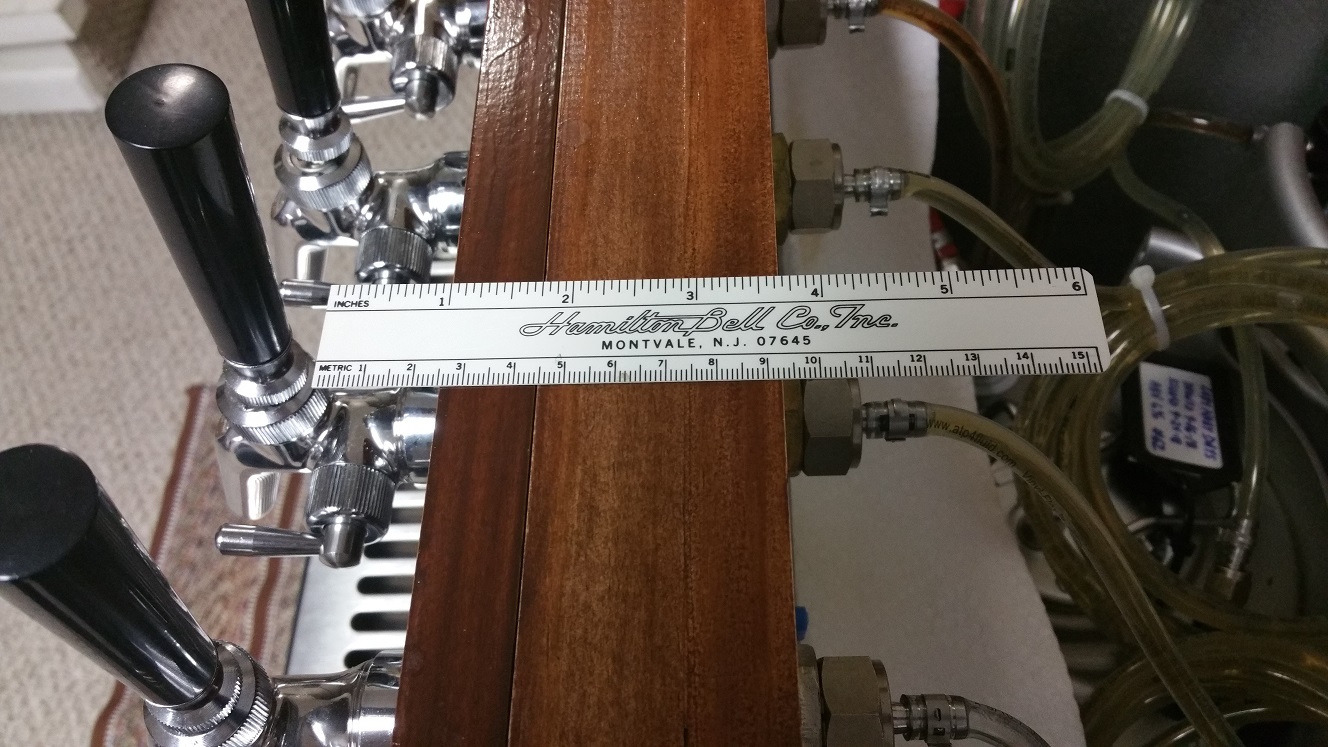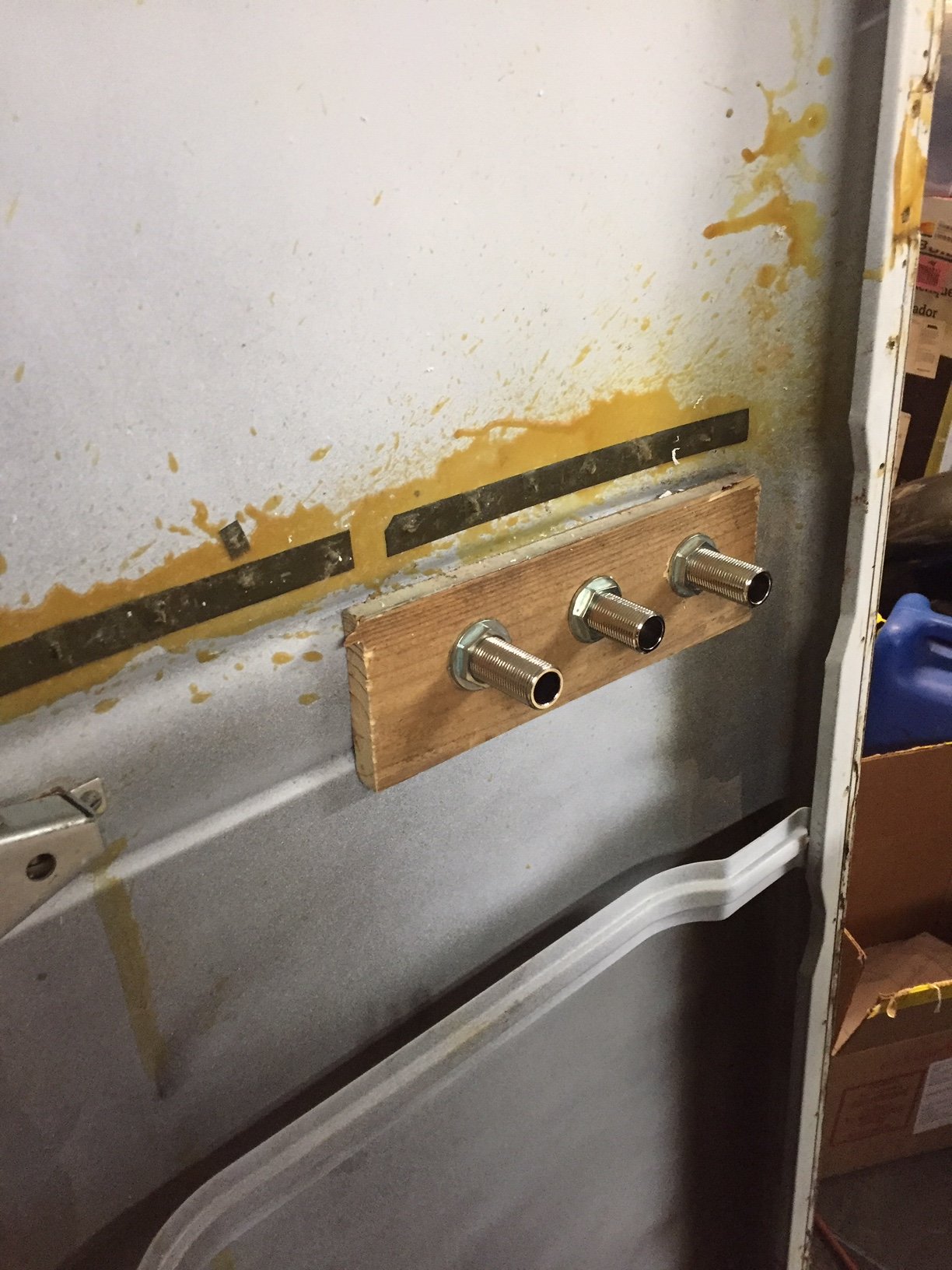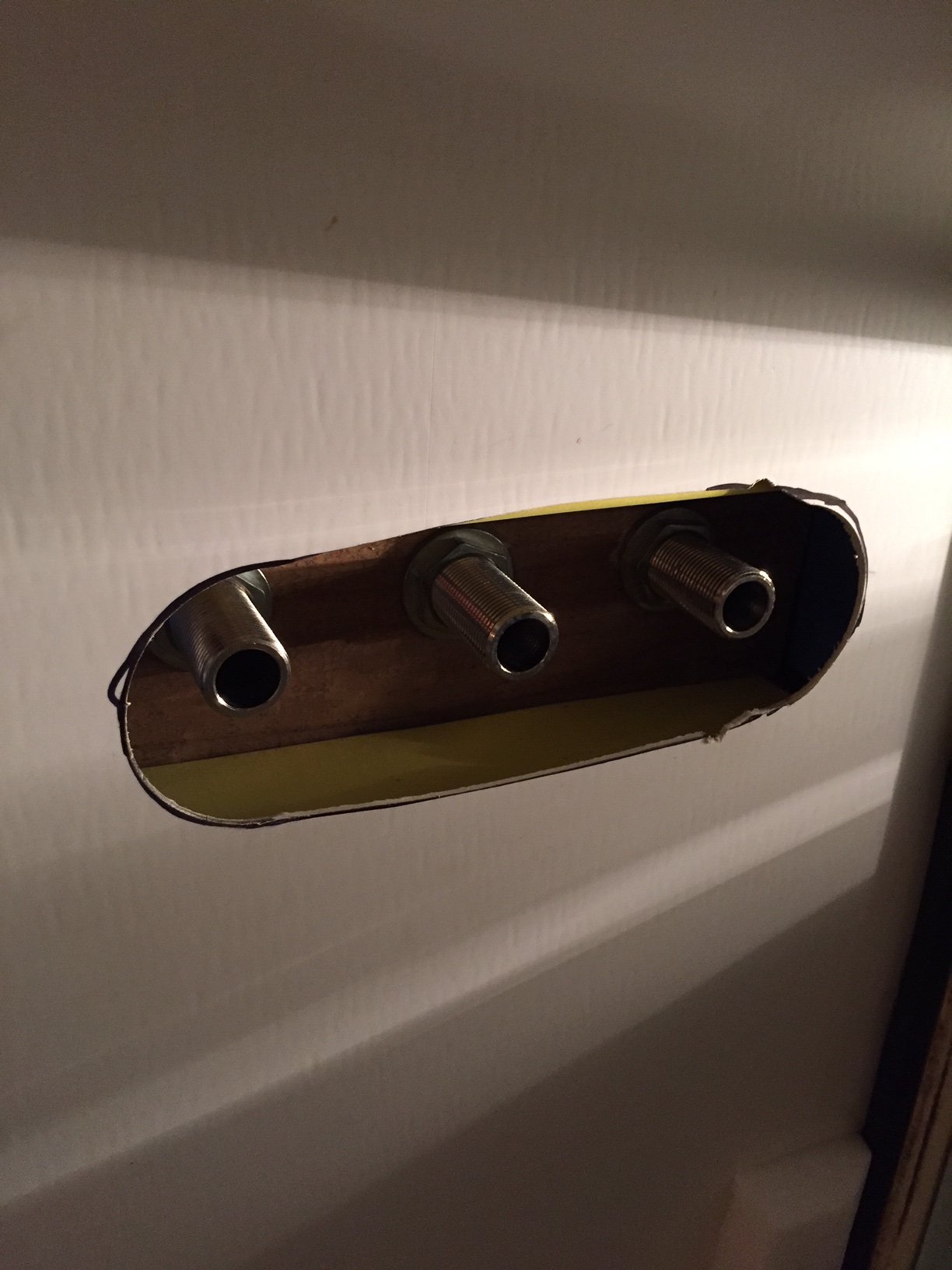BirdmanBrewingCo
Well-Known Member
We actually stopped selling anything except 4-1/8" shanks, because 99% of shanks we sold were that length. We were carrying inventory on other sizes that almost never sold. Now, we occasionally get the special order request, which we happily filled, but they were few and far between. https://www.birdmanbrewing.com/categories/Shanks/
And we second the accuflex bevseal ultra tubing to keep off flavors out, but don't scrimp...just use the JG pushfit fittings. it makes installing so much easier, and cleaner. https://www.birdmanbrewing.com/tubing/
And we second the accuflex bevseal ultra tubing to keep off flavors out, but don't scrimp...just use the JG pushfit fittings. it makes installing so much easier, and cleaner. https://www.birdmanbrewing.com/tubing/












![Craft A Brew - Safale BE-256 Yeast - Fermentis - Belgian Ale Dry Yeast - For Belgian & Strong Ales - Ingredients for Home Brewing - Beer Making Supplies - [3 Pack]](https://m.media-amazon.com/images/I/51bcKEwQmWL._SL500_.jpg)

















































